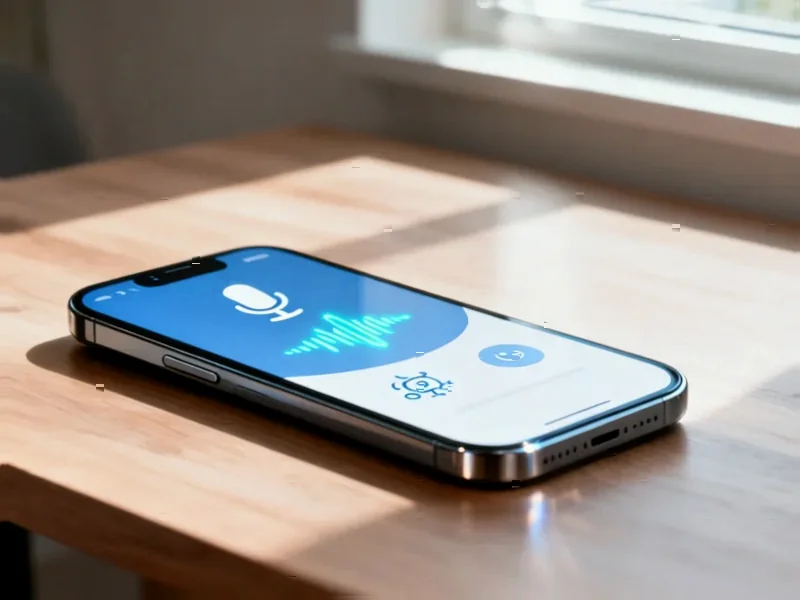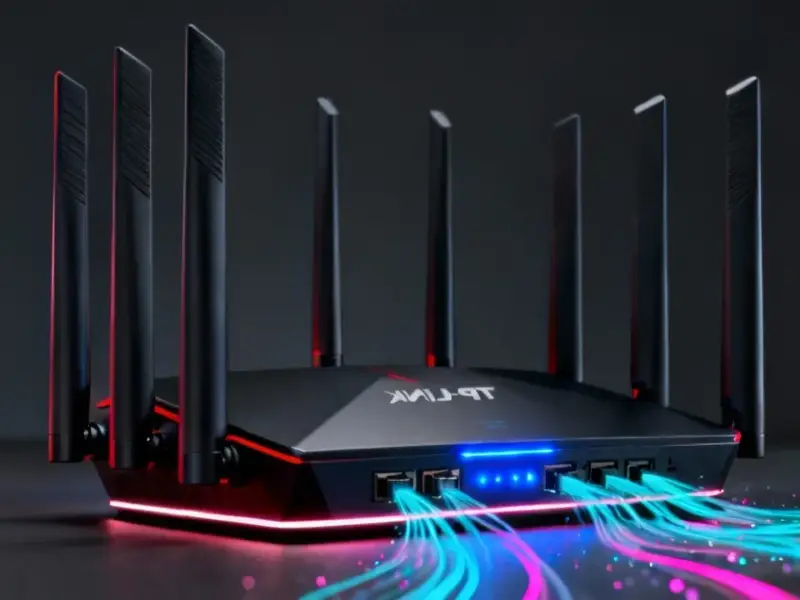According to MacRumors, Apple has extended the deadline for users to transition to the new HomeKit architecture from fall 2025 to February 10, 2026, based on an updated support document. The company initially revamped its HomeKit infrastructure in March 2023 alongside iOS 16.4 and has been supporting both old and new architectures for nearly two years. Users must upgrade to avoid interruptions with accessories and automations, with minimum requirements including iOS 16.2, iPadOS 16.2, macOS 13.1, tvOS 16.2, and watchOS 9.2. The new architecture supports features like guest access, robot vacuum integration, and Activity History while promising faster performance for homes with numerous HomeKit and Matter accessories. This extension suggests Apple is prioritizing a smoother transition for its smart home ecosystem.
The Hidden Complexity of Smart Home Transitions
Apple’s decision to delay this mandatory upgrade reveals the immense complexity of managing smart home ecosystem transitions. Unlike software updates that affect individual devices, architecture changes impact entire interconnected systems where compatibility issues can cascade through dozens of devices. Many users have invested thousands of dollars in HomeKit-compatible accessories that could become temporarily unusable during transitions. The updated support document indicates Apple recognizes that forcing rapid adoption could alienate users who’ve built complex automation systems. This mirrors challenges other smart home platforms face when introducing fundamental architectural changes that affect third-party device compatibility and user workflows.
Broader Implications for Matter Standard Adoption
This delay intersects with the broader industry shift toward the Matter smart home standard, which Apple has heavily supported. The timing suggests Apple wants to ensure its HomeKit infrastructure is fully stable before pushing users toward a platform that’s supposed to work seamlessly with Matter-certified devices from other manufacturers. If Apple’s own architecture struggles with stability during transitions, it raises questions about the readiness of cross-platform Matter implementation across the industry. The extension gives Apple additional time to refine how HomeKit interacts with Matter devices from brands like Google, Amazon, and Samsung before forcing users onto the new platform.
The Growing Legacy Device Problem
Apple’s minimum version requirements highlight an emerging challenge in the smart home space: legacy device compatibility. Devices that can’t update beyond certain iOS versions will permanently lose Home app access, creating a fragmentation problem that affects user experience. This isn’t unique to Apple—similar issues plague Android-based smart home systems and older smart speakers. As smart home technology matures, manufacturers face increasing pressure to maintain backward compatibility while advancing their platforms. The February 2026 deadline gives users with older devices nearly two years to upgrade their hardware, but it also establishes a precedent for how Apple will handle future architecture transitions.
Strategic Timing and Market Positioning
The February 2026 deadline positions Apple’s smart home platform for a crucial period in the industry’s development. By early 2026, Matter adoption should be more widespread, and competing platforms will have established clearer positions in the market. This gives Apple time to observe how Google, Amazon, and Samsung implement their Matter strategies while refining its own approach. The extended timeline also aligns with typical hardware refresh cycles, allowing users to naturally upgrade older iPhones, iPads, and Macs that might not support the new architecture. This strategic patience could pay dividends if Apple emerges with a more polished ecosystem just as the smart home market reaches critical mass.
Understanding User Resistance to Smart Home Updates
The initial stability issues mentioned in the report reflect a common pattern in smart home adoption: users are notoriously reluctant to update systems that work reliably. When home automation fails, it’s not just an inconvenience—it can affect security systems, climate control, and daily routines. This psychology explains why Apple is taking a gradual approach rather than forcing immediate adoption. The company’s mention of potential automatic upgrades for users who don’t manually update suggests they’re preparing for significant user resistance. This pattern will likely repeat as smart home technology evolves, requiring manufacturers to balance innovation with user comfort with existing systems.




